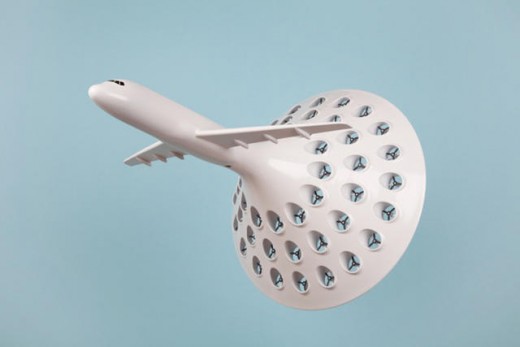four Freaky plane Designs That Reimagine The Golden Age Of Air shuttle
Powered by way of sonic booms and nuclear reactors, Tim Clark imagines airplane from an alt-historical past of aviation with out fossil fuels.
July 22, 2015
For all their comfort, airplanes are probably the most dirtiest modes of transportation out there. a totally loaded A380’s CO2 output is equivalent to each and every passenger using six automobiles an equivalent distance. however what if plane designers in the Nineteen Forties and Fifties had labored to embrace vitality sources besides petroleum? How may the history of aviation have played out?

that’s the question posed through Royal college of art graduate Tim Clark, who imagines an alt-history of aviation during which planes were designed to be powered by sonic booms and nuclear engines. Clark’s venture, excessive-speed Horizons, hopes to jumpstart what he considers “stagnated” Earth-based totally aerospace innovation through proposing 4 Golden Age airplane designs that can have been:
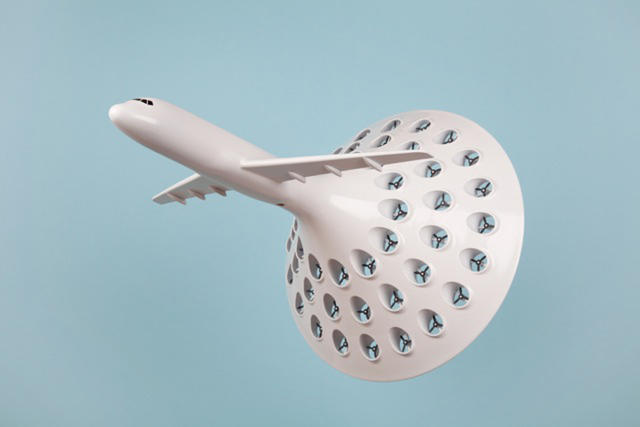
The Boomjet “SBT” — The Boomjet is most likely Clark’s most arresting design: an aircraft with the physique of a Boeing 767 and a billowing skirt of a tail that contains 47 separate propellers. inspired through the shape of a sonic increase, the Boomjet’s propellers enable the Boomjet to take off vertically like a helicopter from a launchpad-like construction. and due to the Boomjet’s shape and propellor, the power of its sonic increase can in fact propel it forward. except there’s a body of water nearby, although, emergency landings are going to be a rocky affair. In the identical approach that SST used to be the most well liked aviation acronym for talking about supersonic transport planes such as the Concorde, SBT stands for “sonic increase transport.”
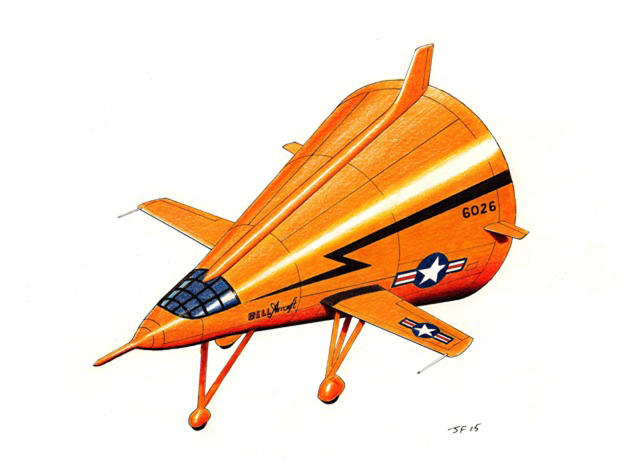
The X-1SB — Designed in 1947, the Bell X-1 used to be the first plane to interrupt the sound barrier. An insanely easy design, the X-1 used to be designed after the specs of a .50 caliber bullet, essentially since the engineers knew that a bullet was secure above Mach 1. In Clark’s alternate historical past of cold struggle aviation, the X-1 used to be followed by means of a sister plane, the X1-SB, which mixes a .50 caliber bullet with the shock wave that outcomes from breaking the sound barrier. The “humorously tiny wheels,” Clark says, were inspired through an actual-existence plane: the V-173 Flying Pancake (not to be at a loss for words with the Navy’s X-150 Submersible Waffle).
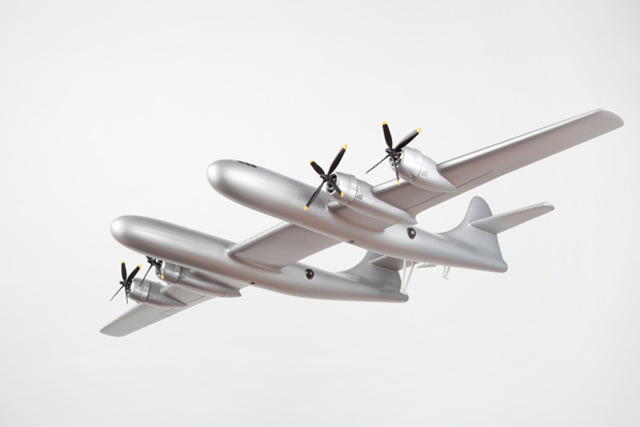
The B-29 Duo “Double Mama” — the unique Bell X-1 couldn’t take off through itself: it was once designed to go actually quick once airborne, however to if truth be told get in the sky, it needed to be airdropped by a Boeing B-29 Superfortress. With its even more unwieldy shape, Clark figures the X1-SB can have a identical drawback, so he designed a dual-fuselage B-29, the “Double Mama,” to haul it up into the stratosphere. And while a double-bodied plane would possibly appear weird, it’s in truth now not that unconventional. This is identical household of plane that tows Virgin Galactic’s SpaceShip Two to unlock altitude
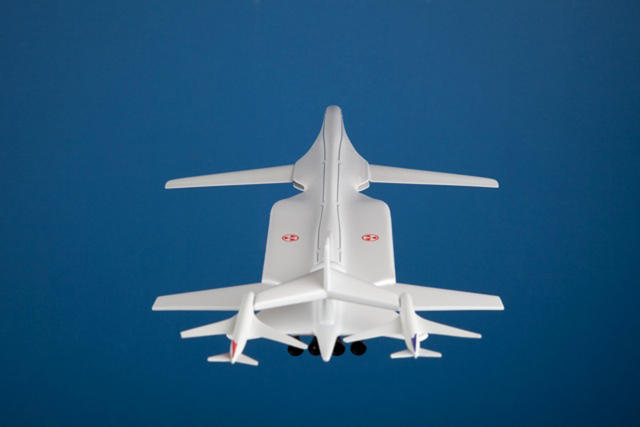
The Air Laissez-Faire — within the wake of disasters like Chernobyl and Fukushima, it appears beautiful evident why we do not put nuclear reactors inside machines that semi-continuously come crashing out of the sky. all through the chilly war, though, both the U.S. and Soviet Union extensively researched nuclear-powered plane. Air Laissez-Faire imagines what would have happened if this expertise had hit the open market. Powered by a nuclear reactor, Air Laissez-Faire is a 518-foot airplane that at all times stays airborne, mashing up design components from the Rockwell B-1 Lancer and the Concorde. Clark imagines it as a potential meeting position for globe-trotting businessmen: instead of flying all of the strategy to Tokyo to meet your japanese industry partners, why now not meet on Air Laissez-Faire, hopping aboard because it passes through?
even supposing his alt-historical past airplane designs seem to be bizarre and whimsical, Clark insists that every one of them would fly, store the Boomjet. “The drag as a result of the back of the Boomjet makes it onerous to consider it will work,” Clark says. on the other hand, he argues, unbelievable designs are all part of the history of aviation. “every airplane design, aerodynamic or not, is an try to remedy an issue and spark innovation,” Clark says. And in a warming world, what higher problem could be price solving than the aerospace industry’s dependancy to fossil fuels?
quick company , learn Full Story
(280)

